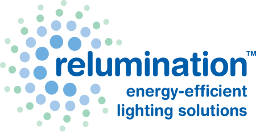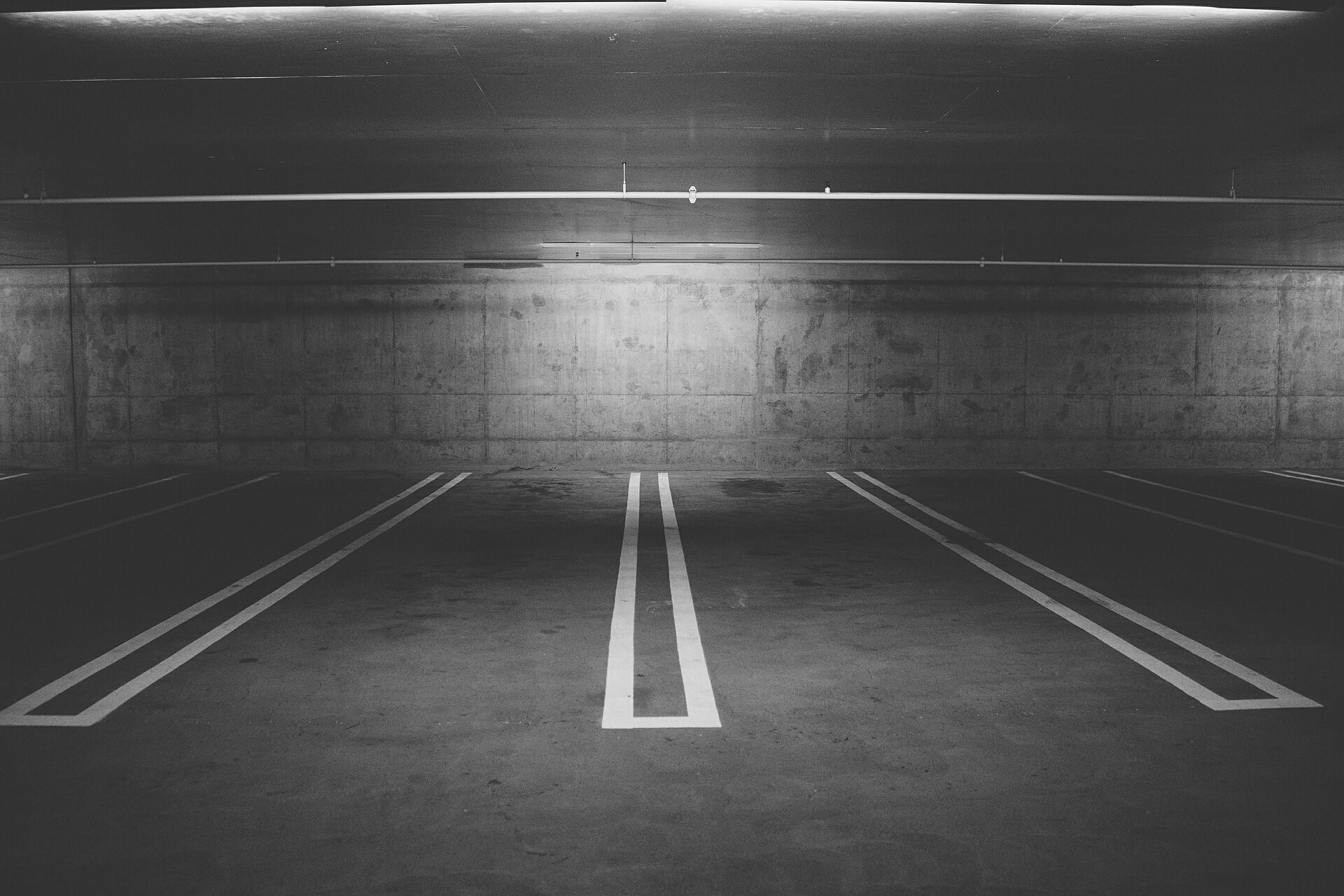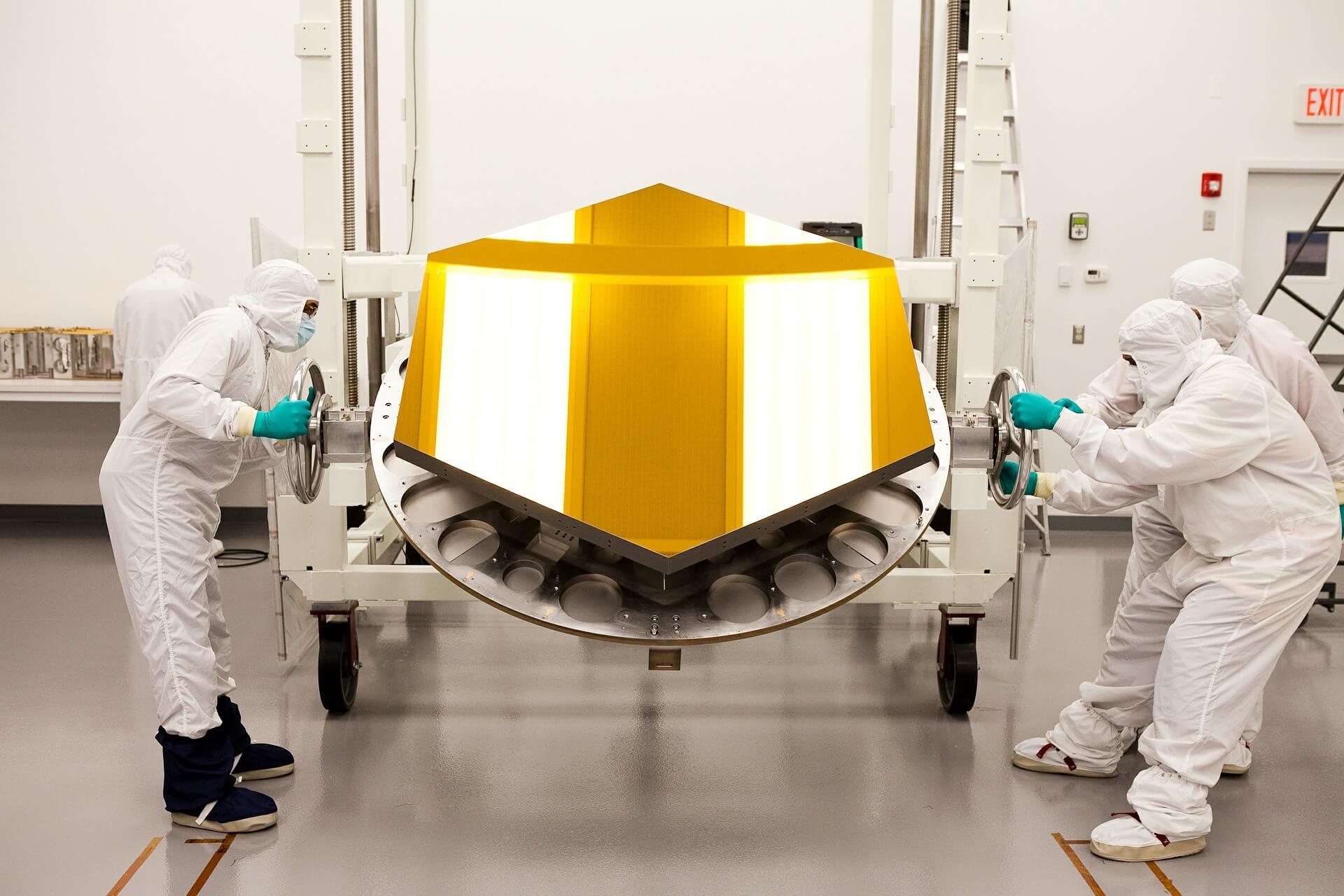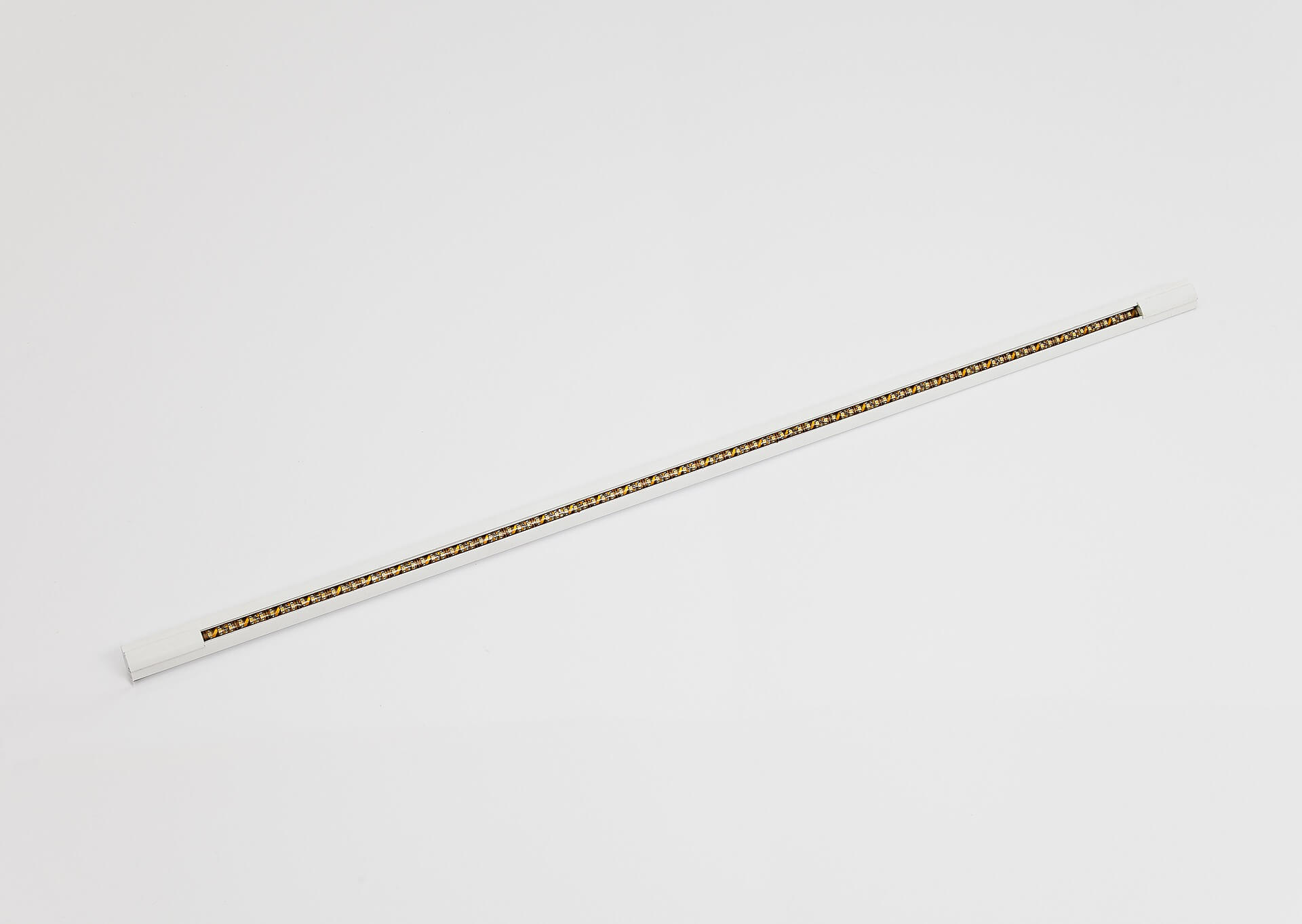Many businesses that have been operating for longer than ten years will likely have some lighting fixtures that have become outdated. When lighting at your business is outdated, you will find yourself paying some very costly energy bills. There was once a time when many businesses did not really think too much about parking lot lighting.
However, parking lot lighting should always be considered a high priority for every business that has a parking lot. A parking lot is the place where employees, customers, etc. park their cars and walk through the doors of your business. Your parking lot lighting needs to be able to provide everyone with a safe and secure location, regardless of what time of day it is.
There are multiple things you will need to consider when it is time to enhance your parking lot lighting:
- Do you prefer to use bright lights?
- Do you want lights that will be consistent with their lighting?
- What type of colors do you want your lights to display?
- How long will your lights last?
- How much will it cost for you to have your lights on at all times?
If you really want to understand how beneficial an improved lighting system can be, you should have a full understanding of how your current lighting system has worked over the years. If you are not sure of what type of fixtures you have been using, you should ask one of your maintenance employees.










